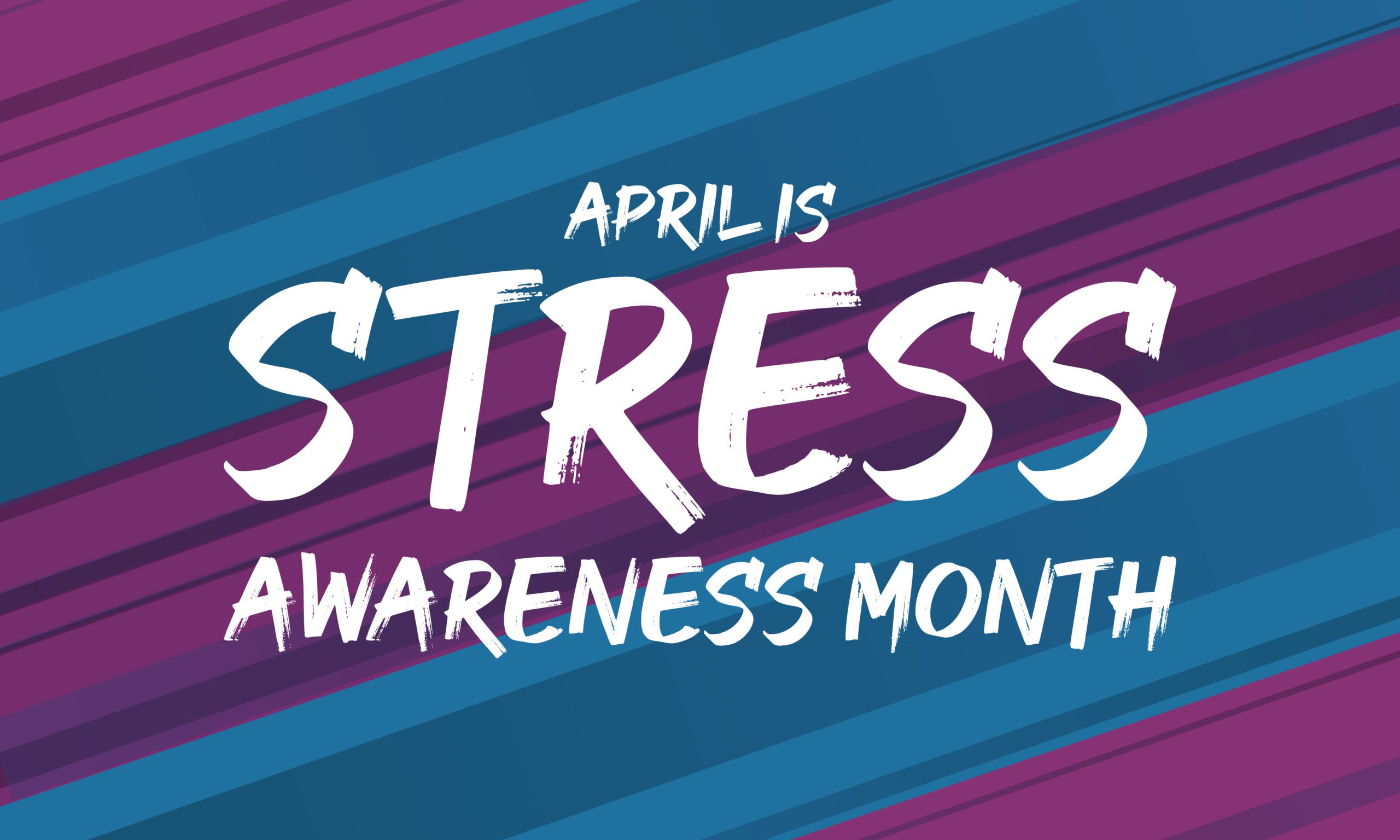 With workplace stress at an all-time high, safety leaders are in a unique position to improve the situation at their companies.
With workplace stress at an all-time high, safety leaders are in a unique position to improve the situation at their companies.
What causes workplace stress? Answering that question might be the most important thing a company can do, not only in terms of fostering better mental health for its employees but also to ensure the company’s own financial health. According to The American Institute of Stress, workplace stress costs US companies roughly $300 billion annually in losses due to absenteeism, diminished productivity and accidents. That number right there makes a pretty solid business case for better understanding—and managing—the causes of stress, since the effects can be devastating.
According to The Healthy Work Campaign (HWC), a public health project sponsored by the nonprofit foundation, The Center for Social Epidemiology, the top 10 causes of work stress are: 1) long work hours, 2) low job control, 3) work-family conflict, 4) shift work, 5) job demands, 6) job insecurity, 7) organizational injustice, 8) low support, 9) low rewards and benefits, and 10) unemployment.
In every one of those situations, there’s an obvious lack of engagement between the employee and the employer. And as workplace expert Joe Robinson, principal of Optimal Performance Strategies, an HWC partner, explained, “Engagement is one of the most important factors for any organization, whether their employees are actually fully attentive and on the task that they’re on.” And for safety managers, ensuring that a worker is fully attentive is not only essential to productivity but to keeping that employee—and all other employees—out of harm’s way.
“Stress automatically detours and distracts,” added Robinson, author of Work Smarter, Live Better. He cited a study from the American Psychological Association (APA) that indicates we’re at an all-time high for stress and burnout in the workplace. “People who are burned out are not slackers,” he insisted. “They get that way because they’re the most conscientious people and they’re the hardest workers. So you’re burning out your best people. You’re disengaging them, which doesn’t make any sense at all.”
Another recent study from the APA points to the disturbing statistic that 19% of workers—nearly one in five—say their workplace is either very toxic or somewhat toxic. “The number of individuals who report experiencing a toxic workplace without protection from harm is troubling,” said Arthur C. Evans Jr., APA’s CEO. “No one should feel fear at work. It is clear there is much work to be done to foster a positive work environment for all workers in the nation.”
At the recent ASSP Safety 2023 show in San Antonio, Texas, Shelly Meadows and Martin Franchi of Navigation Consulting & Training (NavCT) offered insights into what safety managers can do to help their workers—and their companies—deal better with workplace stress. As with everything else, senior management at companies tend to respond to problems when there are dollar signs attached, so Meadows and Franchi suggest safety professionals learn to make a strong business case for dealing with stressed employees.
“Organizations that implement psychological health and safety strategies usually perform better in all key performance categories: from health and safety to human resources, key performance indicators, and shareholder returns,” they explained. To get senior leaders to pay attention, emphasize that a workforce that feels psychologically safe is a characteristic of organizational excellence. Bottom-line benefits from such a workforce include improved productivity, organizational effectiveness, worker engagement and morale, discretionary effort, recruitment and retention, and creativity and innovation.
And that’s not all, according to the NavCT consultants. Companies will also see reductions in turnover, absenteeism and presenteeism; workplace conflicts and grievances; disability and injury rates; worker’s comp premiums; and recruiting and training costs.
Some ways companies can address mental health in the workplace include:
- Address the root causes of the stress to eliminate the psychological hazards.
- Implement training processes and programs that identify and address mental health risks.
- Teach workers resilience and other mitigating skills.
- Provide mental health support once an injury has occurred. And then provide return-to-work facilitation.
That being said, Meadows and Franchi acknowledged that safety professionals are most definitely not trained psychologists so don’t veer too far out of your lane. “The aim is not to diagnose a worker, or solve all the problems,” they said. “The aim is to diagnose the workplace to create a psychologically health and safe environment where people can thrive.”





